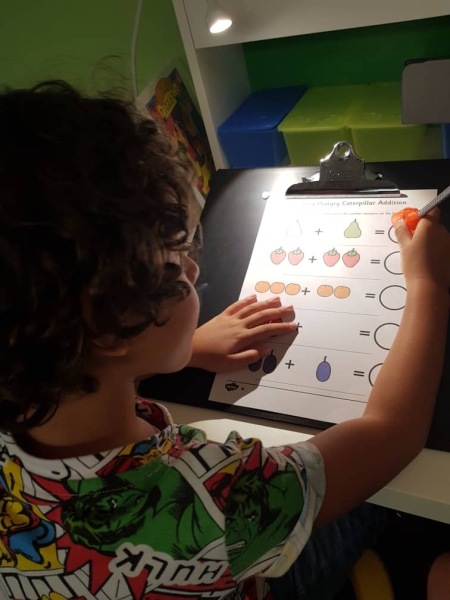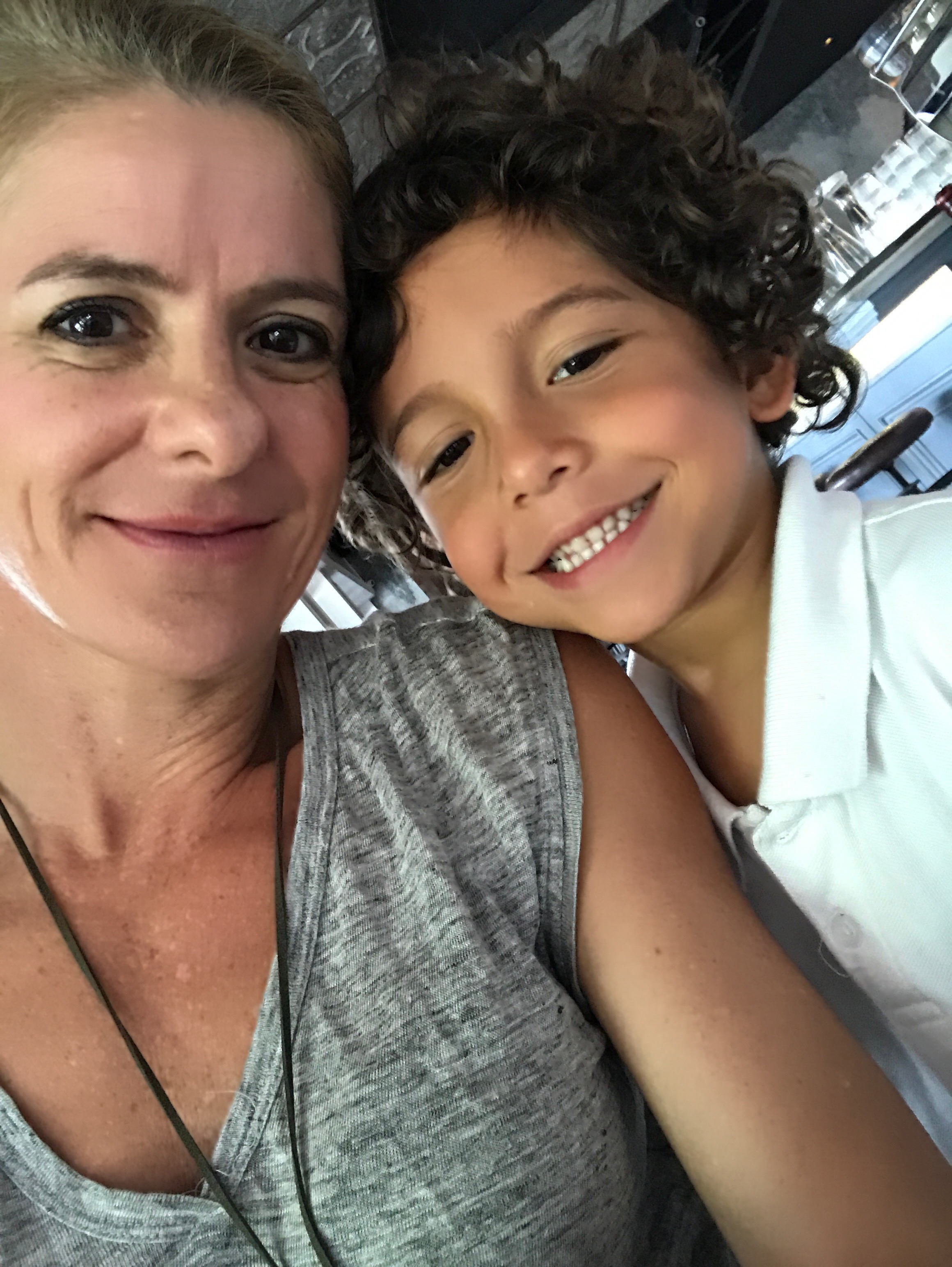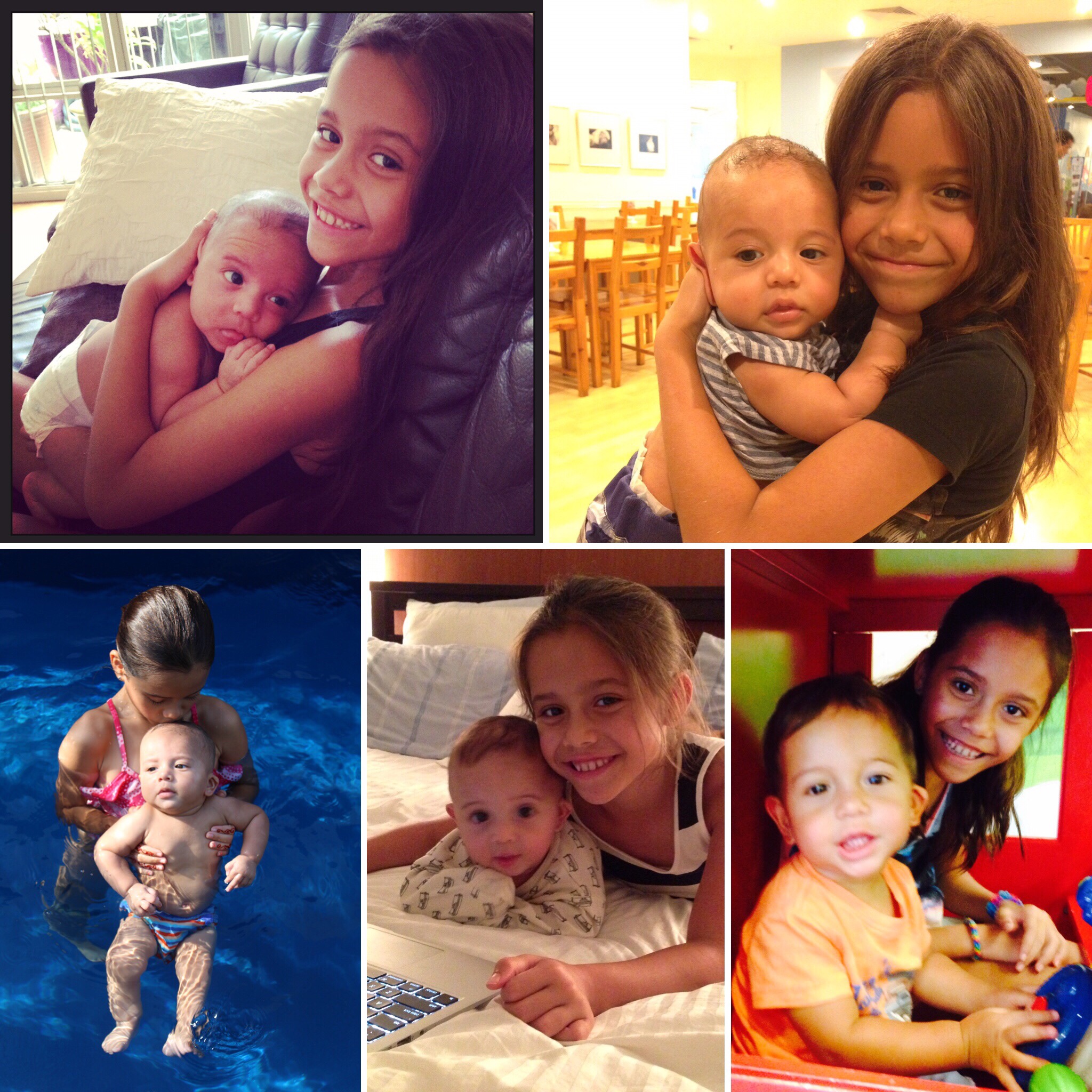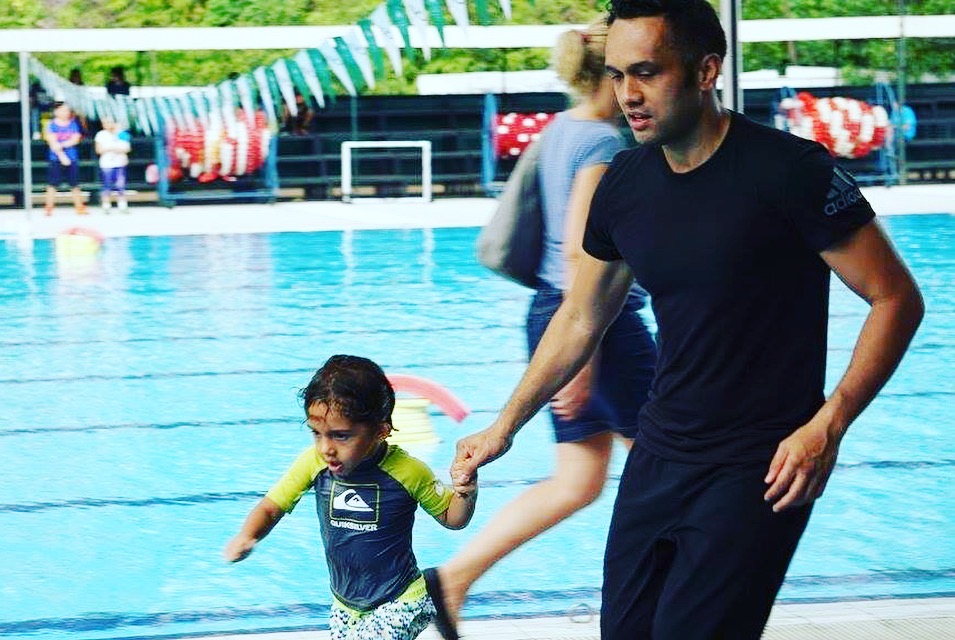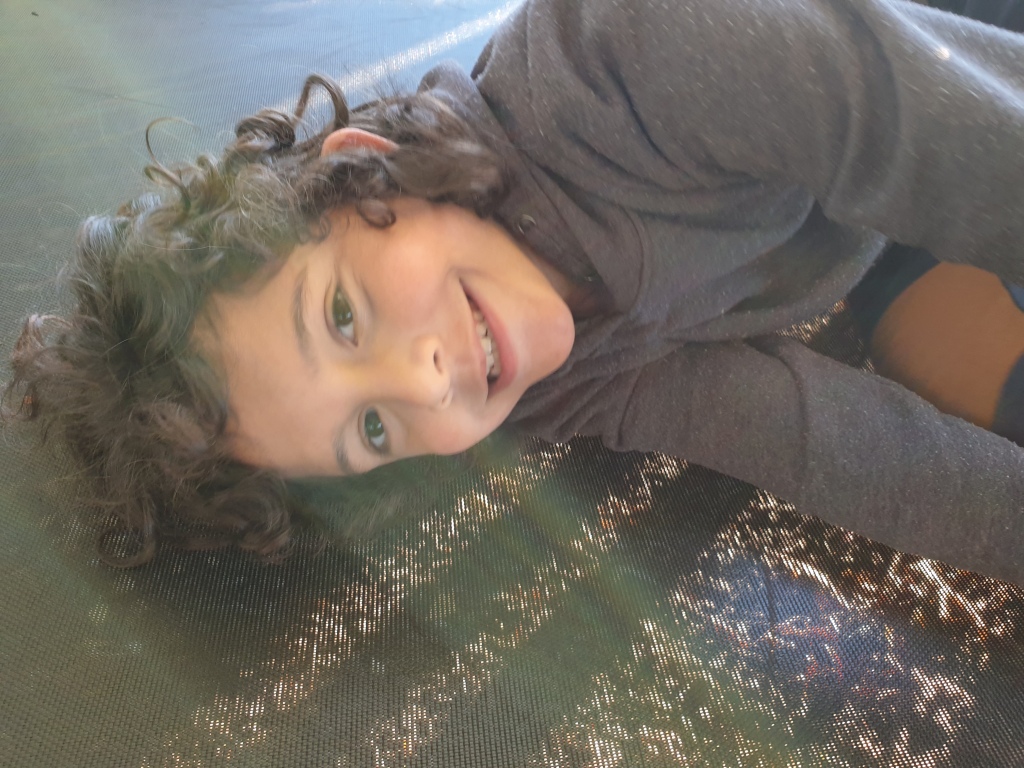
I am beyond excited to be writing this post after more than a year of “pandemic homeschooling”. I am done! And I don’t mean I have packed it in, given up and thrown my toys out of the sandpit.
We have settled in New Zealand after 5 months of visiting friends and family, road tripping, house sitting, Air Bnbing, walking, so much walking to discover new parks and new places. Settling in means we have been able to find a home and a school for Sol and that is a big moment for us all. It’s a segue to the next part of Sol’s life – from isolation to integration as he is a year older from the last time he physically stepped into a school.

Coming from Kuala Lumpur, Malaysia where Sol was born and spent 8 years of his life, it was always our dream that we would be able to bring him back to New Zealand to make the most of the outdoors lifestyle, connect and build relationships with his family and learn about his culture. Sol is half-Maori and doesn’t speak one word of Te Reo (the indigenous language of Maori in New Zealand).
But that’s all about to change as Sol is enrolled in a bi-lingual primary school, 2 blocks by scooter from our home one block from the beach.
As Sol’s homeschool teacher, here are the things I learnt about the way Sol learns. These things have helped me communicate to his Learning Support Co-ordinator at his new school.
- Sol is an auditory learner. He will look up to the ceiling while I am explaining a new concept. It looks like he isn’t paying attention but Sol is “imagining” what I am telling him – forming a picture in his head. In the classroom, this may look like Sol is distracted or not paying attention – not necessarily so!
- Maths is hard. Some people find Maths easy and others find it hard. Sol is in Camp 2 but he also doesn’t enjoy it. I am taking full responsibility and assuming it is my teaching skills (a little on the militant side). The irony is that he has no issue with handling his pocket money and knowing how much something costs and how much change he should be receiving. I am hoping that Sol’s new teacher has the tools and motivation to help Sol start to enjoy the subject, even a little.
- Sol struggles to write, physically write. The process of holding the pencil and scribing the letters to the page are difficult. This is a thing with dyspraxia. The past 3 months, as Sol’s “writing” projects became lengthier, I switched it up and had him type on his laptop. He thoroughly enjoyed this and his attention to typing increased immensely.
- Sol has read 80 books – prescribed readers for 7-8 year olds. He set a goal to read 100 books by June 18th and we may still get there yet! This is Sol’s greatest success. If you can read, you can dive into other worlds, learn and understand new things and build on your imagination and the possibilities that life offers.
- Sol’s language comprehension has always been good. He can incorporate new and difficult words into conversation and he understands what is going on around him. He can pick up on emotions in conversation and has a high level of empathy. Because he still has some challenges with his speech (organisational processing meets co-ordination of the mouth), Sol has to think really hard about pulling all the words he wants to say together. Once again, he looks up at the ceiling as if to see the script which can make it seem that he doesn’t want to make any eye contact. He is desperately trying to get all the words out of his mouth that are in his head.
- Sol’s imagination is off the chain. This may have been exasperated with the inability to socialise and play with other kids during lockdown in Malaysia and then moments where we aren’t with family or friends in New Zealand. Sol can still play for hours by himself and is often making up stories and acting them out. This is one of the most entertaining parts of hanging out with Sol every day.
- Physically, dyspraxia hasn’t really stopped him at all. One of the definite upsides of being back in NZ and through the summer, was access to some amazing playgrounds. A kids playground is a FREE physical therapy session. Watching Sol scale ladders and navigate his way around the adventure of the playground has been awesome. He has to use his body multi-laterally, balance, climb, jump – all activities we used to pay for in a soft padded room LOL.
- Sol is healthier. In lockdown in NZ, probably due to “snacking” and no physical activity, Sol put on a little weight. Not enough to be concerned about but it was obvious to us and being in the fitness and health industry and knowing the stats on children and obesity, we know that kids need to move frequently. 6 weeks into life in NZ and Sol has shed that weight, grown taller, stronger and faster. He is excited to be joining karate classes and will be trying surf lifesaving in the summer. As Sol has always been a competent swimmer, putting those skills and his strength to use with lifesaving will be another great opportunity for him.
So now, my biggest concern is socialisation. After a short visit to Sol’s new classroom at Arataki School, Mount Maunganui, I can see that the class environment is very relaxed, diverse and inclusive. The kids seemed really happy, confident and kind. They enveloped Sol into their activities and he seemed more comfortable.
Time will tell and I am always hoping to be able to share good news. The dyspraxia journey is constantly shifting and it’s important that I continue to share what is happening so that other families of neurodiverse kids can relate and feel supported too.

